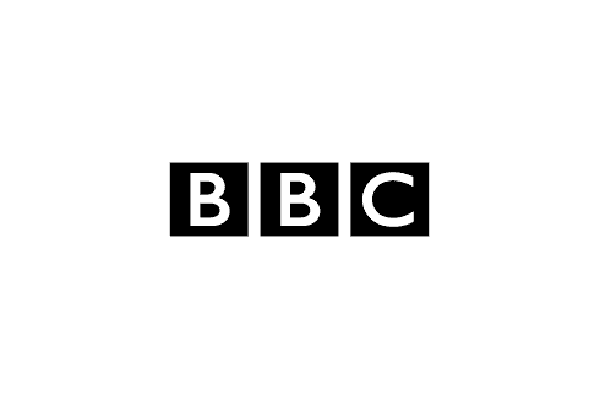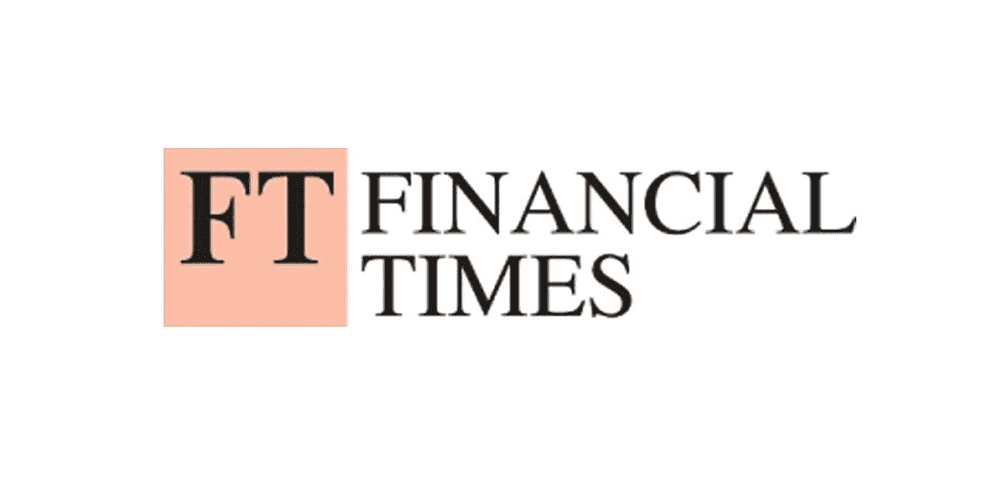This offers the potential for a greater return over the long term. However, your child's money will also be subject to stock market volatility, meaning there is some risk attached. It doesn’t offer variable or fixed interest rates, instead, it offers you a return based on the performance of a particular investment fund, market, or company.
Find our best junior ISAs
Save tax-free for your child's future
Get a Hargreaves Lansdown Junior ISA
What is a junior ISA?
A junior ISA is a long-term and tax-free way for parents or guardians to invest or save money for their child's future.
The money you add into this savings account is locked away. Your child can take control of the account and manage it from age 16, but cannot access it or withdraw funds until their 18th birthday.
How does a junior ISA work?
Currently, every child has a junior ISA allowance of £9,000 per tax year which can be used during the tax year. This is the maximum amount that can be put into their ISA across the tax year and this allowance is reviewed annually by the government.
You don’t have to put the full amount in – the £9,000 is just a maximum. You can only pay into one junior cash ISA and one junior investment ISA during each tax year.
What are the two types of junior ISAs?
Junior stocks and shares ISA
This offers the potential for a greater return over the long term. However, your child's money will also be subject to stock market volatility, meaning there is some risk attached. It doesn’t offer variable or fixed interest rates, instead, it offers you a return based on the performance of a particular investment fund, market, or company.
Junior cash ISAs
These are cash-based deposit savings accounts paying either fixed or variable interest rates. So, the amount of money you put into them for your child should never go down. However, as most savings rates are lower than inflation, the actual value of your savings can still be eroded over time.
What are the two types of junior ISAs?
Junior stocks and shares ISA
Junior cash ISAs
These are cash-based deposit savings accounts paying either fixed or variable interest rates. So, the amount of money you put into them for your child should never go down. However, as most savings rates are lower than inflation, the actual value of your savings can still be eroded over time.
How to choose a junior ISA
Have a savings goal
Decide your saving goals and whether they are short-term or long-term.
Terms and conditions
Check the terms and conditions of each ISA as these can vary across providers.
Apply
Once you are happy with your chosen junior ISA fill out an application to start saving for your child’s future.
What should I consider when looking for a junior ISA?
The best junior ISA for you will depend on a variety of factors, including:
How much you have to invest – some junior ISAs can only be opened if you’re willing to pay in a lump sum of say £1,000 or agree to make regular contributions of £25 or £50 a month. Others can be opened with just £1
Your attitude to risk – generally speaking, if you’re very risk averse, you’ll probably be more comfortable with a cash junior ISA for your child. However, stocks and shares junior ISAs should best cash accounts over time
Your ethical stance – if you are concerned about the environment, for example, you may want to use your junior ISA to invest in sustainable assets, such as an ESG (environmental, social, and governance) focused investment fund
Pros and cons
Pros
Cons
Why would you put money into a junior ISA rather than a children's savings account?
The headline advantage of a junior ISA is that interest or investment returns are income tax free. However, most children will not pay tax on their income anyway, so you’re better off going with the best rates you can find. For savings, this is often via a children’s savings account rather than a junior ISA account.
There are some exceptions to this:
If your child already earns an income
If your child is earning an income, then they have a personal savings allowance that lets them earn up to £1,000 a year in interest without paying tax. But if they’re a higher-rate or additional-rate taxpayer, this allowance tapers away – eventually to nothing. If your child is earning more than the allowance in interest, for instance on savings built up over their whole childhood, an ISA might therefore be more tax efficient.
If they’ll earn more than £100 a year in interest from money gifted from parents or step-parents
Money that’s gifted from parents or stepparents has slightly different rules to savings gifted by other family members or friends.
Any cash in normal non-ISA savings accounts that earns more than £100 in interest per year will be taxed at the parent’s marginal rates. If the parent is still within their personal savings allowance, and the child’s savings don’t breach this, then the money is still tax free. However, once that limit is breached, then the whole savings pot interest will be taxed at the parents’ rate.
If you are planning on saving for your children, and you think you might breach the limits, you’re therefore better off with an ISA where the money is protected. It’s complicated, so consider seeing an independent financial advisor to ensure you make the right choices.
If you want to lock the money away
Children can’t access their junior ISAs until they’re 18, so it’s an easy way to stop them – and you – spending the money during that time. However, once they turn 18, they can do what they want with the money.
If you want the money invested
If you’re saving for the long term, usually at least five years, then you should consider investing the money to beat inflation. The easiest way to do this is with a stocks and shares junior ISA.
If the ISA rates are better
If you can find a junior ISA that’s paying higher interest than other children’s savings accounts, then you should snap it up. There aren’t any disadvantages to choosing an account offering the best junior ISA rates, unless you think your children will need their savings before 18.
3% annual interest rate added in
FAQs
Can I open more than one junior ISA for my child?
You can only open and pay into one junior cash ISA and one junior stocks and shares ISA per child, per tax year.
Is my child's money safe in a junior ISA?
Junior cash ISAs are safe but money invested in a junior stocks and shares ISA is linked to the stock market, so could go up or down in value.
Can I withdraw money from my child's junior ISA?
No, the account is not accessible until your child turns 18, when the account is turned into an instant access ISA in their name.
Can I save for more than one child in a single junior ISA?
No, you can only open each junior ISA on behalf of one child. You can have a separate ISA on behalf of each of your children, though.
Can I open a junior ISA on behalf of someone else's child?
No, only the parent or legal guardian of a child can open a junior ISA.
Can old child trust funds be converted into junior ISAs?
Yes, the government will let you transfer a Child Trust Fund into a junior ISA if you want. Because CTFs have been phased out, interest rates tend to be low. So, you may find you get better returns by transferring. However, not all ISAs allow CTF transfers, so check the terms and conditions before you open the account.
What happens if my child’s junior ISA allowance isn’t used?
ISA allowances cannot be carried over, so if you don’t use the full allowance within the corresponding tax year, you lose the remainder. You get a fresh allowance each year, so you’ll still be able to save in the future, but you won’t be able to make up for lost allowances.
When my child is older, can they have an adult account alongside their junior one?
You can open an adult ISA from 16, so children of that age and above could pay into an adult ISA alongside their junior ISA if they like, giving them a total potential ISA allowance of £29,000. For other kinds of ISA savings, such as stocks and shares ISAs, you need to be over 18.
Didn’t find what you were looking for?
Below you can find a list of our savings pages:
Investment pages (capital at risk):










